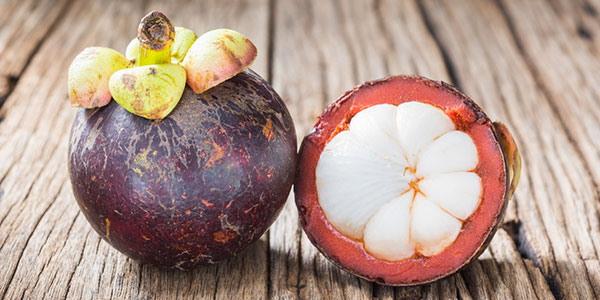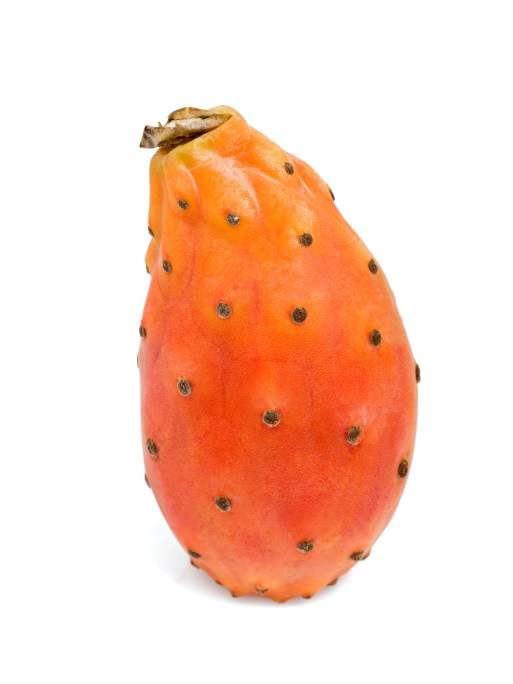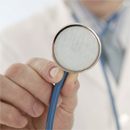Food To Raise HDL Cholesterol : What Are Your Options?
Nearly everyone nowadays has heard of High Density Lipoprotein (HDL) or good cholesterol. HDL cholesterol is considered to reduce bad cholesterol and triglycerides from the blood stream by carrying it to the liver to be processed.
Supposedly, HDL protects against cardiovascular at high levels (above 60 mg/dL), whilst risk of heart disease increase when HDL levels are low (below 40 mg/dL). Also, research shows that while your bad cholesterol maybe low, you may still be at risk of heart disease if your good cholesterol or HDL is at low levels too. Hence the best way to protect against cardio vascular diseases is to raise HDL levels in your blood stream. Here are some tips in choosing food to raise HDL .
Eat raw onions and garlic. Studies show that the regular consumption of onions and garlic in their raw state lowers bad cholesterol. Also, onions contain chromium, and vitamin B6 which has shown to raise HDL levels and lowers high homocysteine levels, another significant risk factor for heart attack and stroke.
Choose foods rich in Omega 3 fatty acids, such as walnuts, flax seeds, oily fish (tuna, salmon and mackerel). Fish oil contains both docosahexaenoic acid (DHA) and eicosapentaenoic acid (EPA), while some nuts (English walnuts). Case studies of Inuit Eskimos living off fish rich in Omega 3 have significantly lower incidences of cardio-vascular diseases. If you dislike fish, nuts and seeds are a tasty alternative food to raise HDL .
Use monsaturated fats in your diet like canola oil, avocado oil, and olive oil, even those found in peanuts and soy increase HDL levels without increasing the total cholesterol. Vegetable oils contain alpha-linolenic acid (ALA) are also a form of omega 3 fatty acid. Simply substitute these oils instead of oils rich in saturated fatty acids (butter, coconut and palm oils) in your usual recipes.
Increase your intake of soluble fiber in your diet. Found in oats, fruits, vegetables, and legumes - soluble fibers reduce bad cholesterol and increase HDL cholesterol. For best results, have at least two servings a day.
Surprisingly, cranberry juice has been shown to increase HDL levels. Just recently, small studies have suggested that consuming cranberry juice can increase HDL levels by up to 10%. Researchers attributed the elevation in HDL levels to the flavenoids found in cranberry juice.
Of course, getting nutrients, especially HDL, from natural food sources are always ideal. However, there are circumstances wherein the food source is unavailable or cannot be tolerated by the person who needs it. Supplements are a safe alternative to food to raise HDL cholesterol. There are various omega 3 supplements available in the market. That goes for garlic and onions as well, fortunately. However, it hasn't been proven yet if garlic or onion pill supplements can raise HDL levels the same way when it is fresh.
In postmenopausal women (but not, apparently, in men or pre-menopausal women) calcium supplementation can increase HDL levels.
Do not forget exercise is also necessary. Regular exercise that increase your heart rate for 20-30 minutes may be effective aside from food to raise HDL cholesterol and help flush out bad cholesterol.
-
How To Control Your Eating Habits
Binge eating disorder is a condition that probably affects millions
-
Diets Taken To Burn Fat Fast
There are many diets designed for various purposes. Some are for muscl
-
How The Motto Be Prepared Can Help You Lose Weight
Be Prepared. For the Boy Scouts it means you are always ready in body
-
The BBC’s 10 Scientific Ways To Lose Weight
Michael Mosley on the BBCThe BBC decided to research weight loss
-
Top Health Secrets of Your Aging Husband
You may think that because you’re married, your husband tells y
-
The Best Weight Loss Supplement Program is Not Enough
Searching for a great weight loss supplement program? Dont be led a
- DON'T MISS
- Steps For Losing Weight
- Get Abs Without Gym
- 5 Vegetables That Help Dissolve Belly Fat
- Best Ways To Lose Weight Quickly
- Lose Weight And Burn Fat The Healthy Way
- Natural Weight Loss Little Spice In Your Life
- Advanced Hypnotherapy For Weight Loss Practiced In Orange County, Laguna Niguel, Irvine & Ca
- After WLS Patients Must Giveup Coffee Tea Soda And Alcohol To Sustain Weight Loss
- There is Help for Binge Eating Disorders
- Weight Loss Products And Weight Loss Programs- The Best To Lose Weight!




